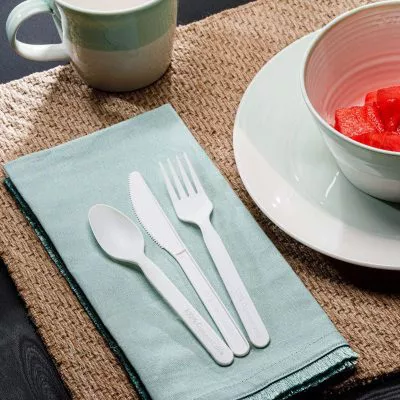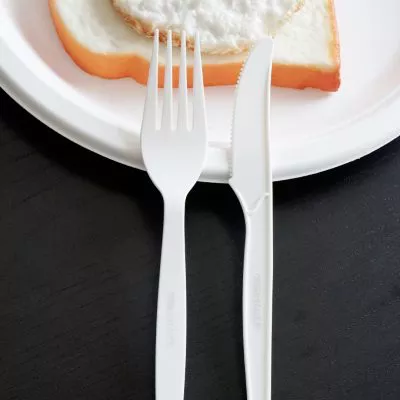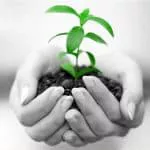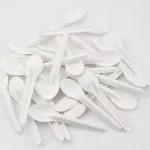The ubiquitous plastic products have facilitated people's lives, but due to the plastic waste produced, it has caused significant pollution to the ecological environment. The white stains produced by plastic products, led by plastic bags, are gradually endangering the natural environment and people's normal lives.
To deal with "white stains", it is necessary to establish environmental knowledge and reduce the use of disposable plastic products. Another important method is to replace ordinary plastic with detachable plastic. By optimizing the selection of production materials and processes, plastic can be gradually decomposed into fragments under the combined action of several days or months of sunlight, rain, and microorganisms, ultimately leading to complete decomposition.
Biodegradable plastic one: polylactic acid (PLA)
It is a new type of biodegradable material made from starch raw materials proposed by renewable plant resources such as corn. It has good biodegradability and can be completely degraded by microorganisms in nature after use, ultimately generating carbon dioxide and water without polluting the environment. This is very beneficial for environmental protection and is recognized as an environmentally friendly material. It is understood that the dosage of PLA accounts for 45.1% of biodegradable plastics, making it the undisputed main force.
The degradation of polylactic acid can be divided into two stages: (1) first, pure chemical hydrolysis into lactic acid monomers; (2) Lactic acid monomers degrade into carbon dioxide and water under the action of microorganisms. The food cup made of polylactic acid can be completely degraded in just 60 days, truly achieving dual ecological and economic effects.
PLA is mainly used for food packaging and 3D printing that everyone is most concerned about. The largest manufacturer of PLA is NatureWorks in the United States, followed by Haizheng Biotech in China.
Biodegradable plastic II: Poly (3-hydroxyalkanoate) PHA
PHA is an aliphatic copolyester with different structures synthesized by microorganisms through fermentation from various carbon sources. The most common ones are poly (3-hydroxybutyrate) (PHB), poly (hydroxyvalerate) (PHV), and copolymers of PHB and PHV (PHBV).
The main uses are: disposable tableware, non-woven fabrics, packaging materials, agricultural film covering, toys, film covering, adhesives, fibers, and other biodegradable products.





